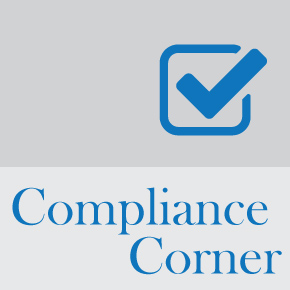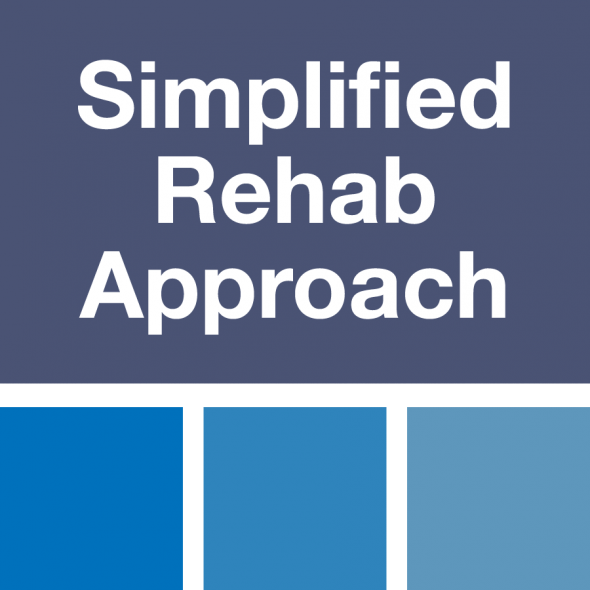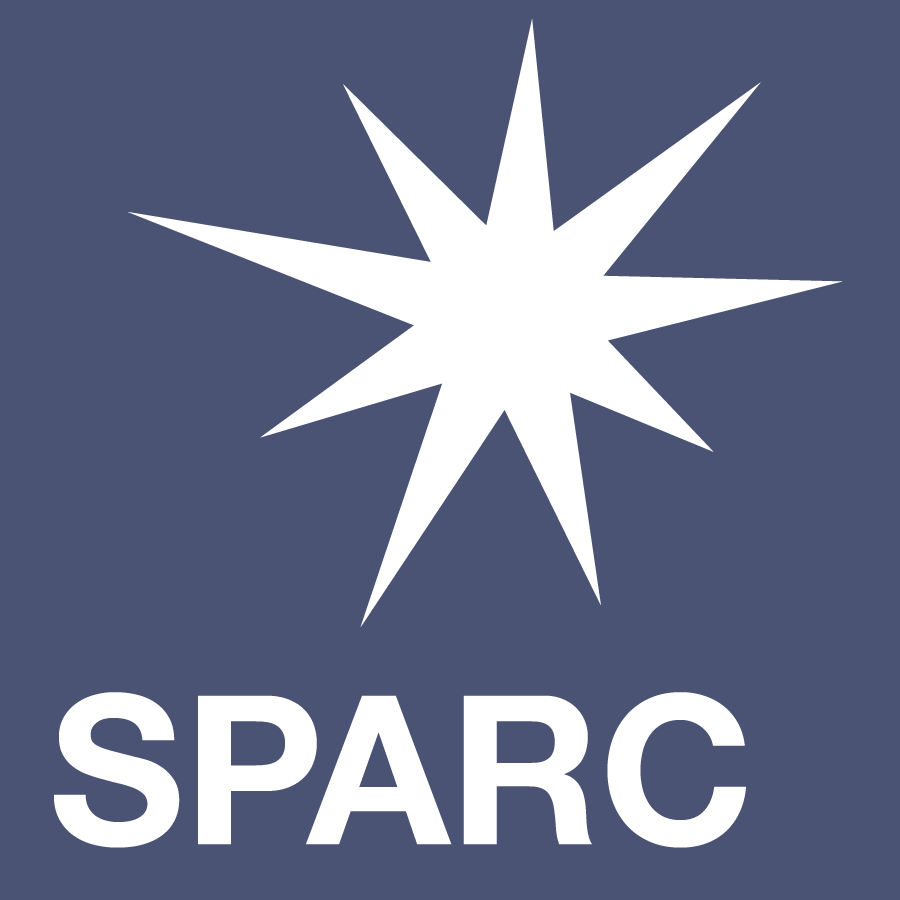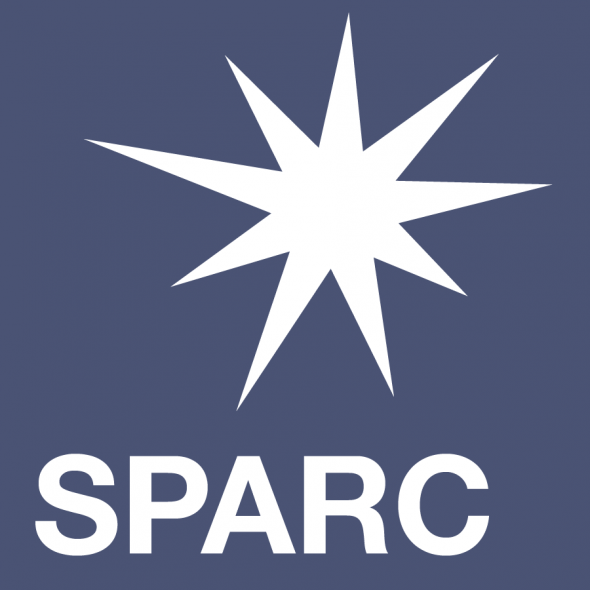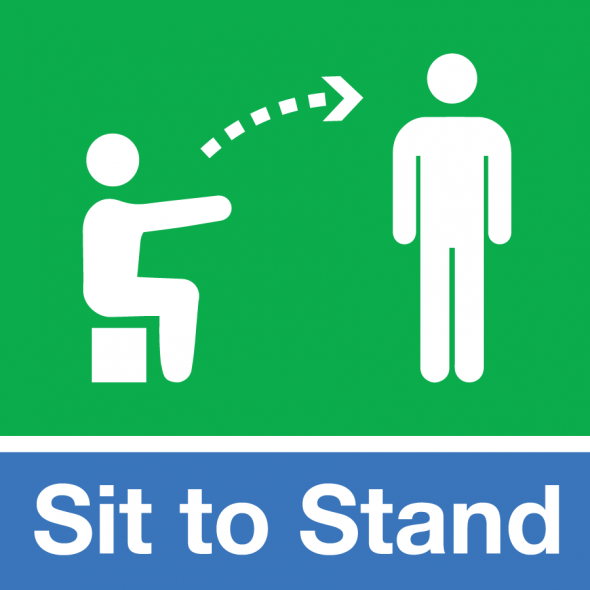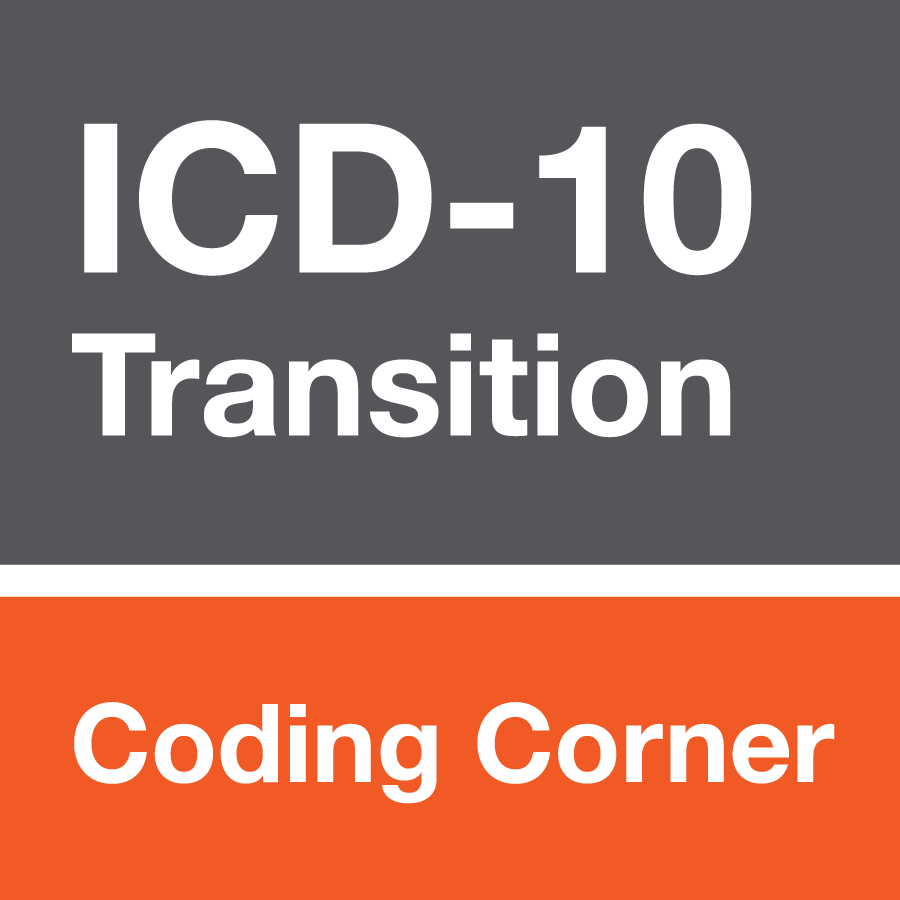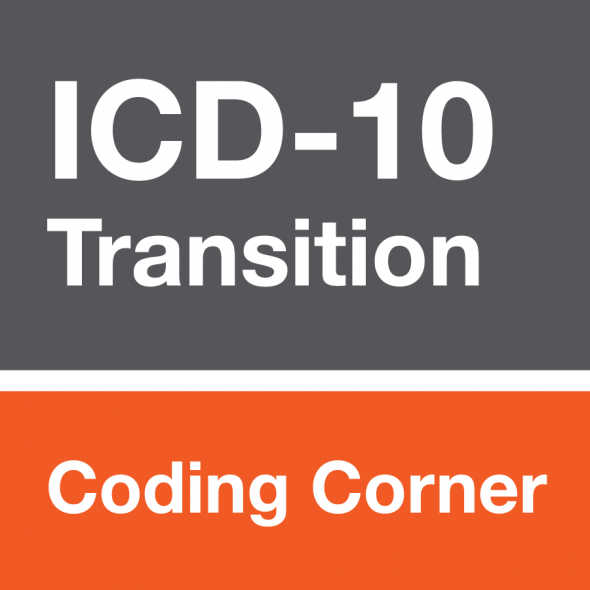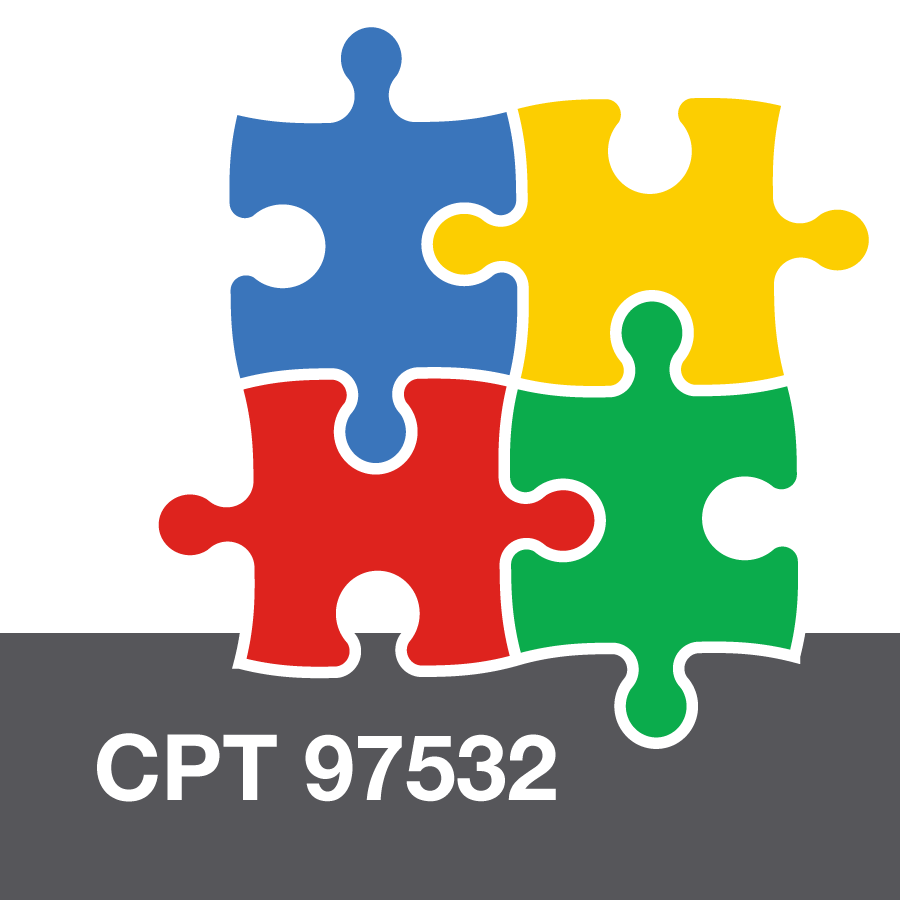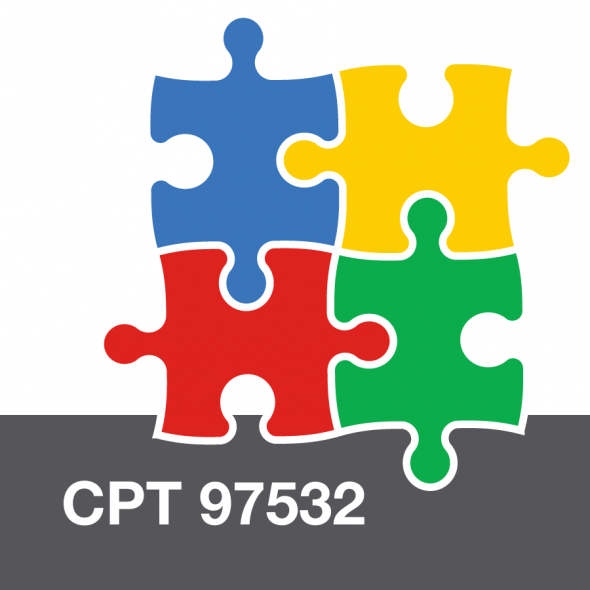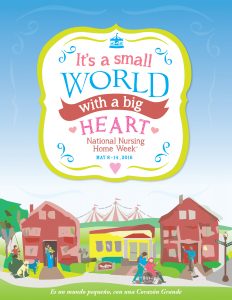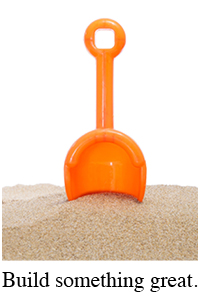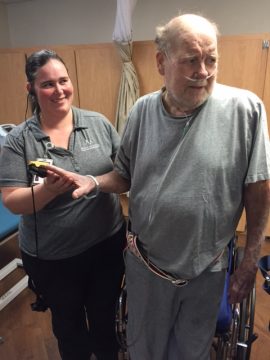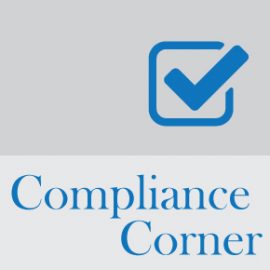 We are well into year three of our Corporate Integrity Agreement (CIA)! Many of you have already had an onsite Medicare Systems Compliance Audit (MSCA) conducted by one of our compliance partners for Medicare Part A services provided to residents in our facilities. We have seen many examples of excellent therapy documentation supporting the vital therapy services that help our patients improve their quality of life and in many cases return home or to a lesser level of care.
We are well into year three of our Corporate Integrity Agreement (CIA)! Many of you have already had an onsite Medicare Systems Compliance Audit (MSCA) conducted by one of our compliance partners for Medicare Part A services provided to residents in our facilities. We have seen many examples of excellent therapy documentation supporting the vital therapy services that help our patients improve their quality of life and in many cases return home or to a lesser level of care.
One trend that has been observed while completing the MSCAs is either over-delivery or under-delivery of therapy visits according to the Plan of Care or Updated Plan of Care and subsequently, physician’s orders.
For the evaluating therapist, there are many things to consider when developing the Plan of Care or Updated Plan of Care. When determining frequency, factors such as the patient’s medical condition, activity tolerance and cognitive level should be considered. Services must be ordered by a physician and consistent with the Plan of Care or Updated Plan of Care. Ensign Rehabilitation Policy #215 “Clarification Orders” requires documentation of frequency as one of the components of a clarification order. If frequency of visits in a given week is exceeded without a physician’s order, this could result in a disallowance of services. Frequency of therapy treatment provided is not only something that we look at on our MSCAs, but historically by outside auditors as well.
There are situations when an increase in frequency is clinically indicated such as an improvement in the patient’s medical condition — effective pain management, change in weight-bearing status or a remediated precaution. In addition, there are situations when an increase in frequency is indicated on a practical level in order to facilitate outcomes related to a revised discharge plan or caregiver training. For example, a patient may be discharging home and the caregiver is only available on Saturdays for training. All of these scenarios would support additional treatments for the patient as long as a physician’s order is obtained and the POC/UPOC is revised to reflect the new goals, approaches and frequency of services.
Conversely, a reduction in the frequency of therapy services may also be indicated at times. The reasons for this may be related to a decline in the patient’s medical condition such as a UTI or low INR levels. In addition, there may be logistical reasons related to the availability of the patient for treatment such as scheduled dialysis treatments or medical appointments requiring travel. Documentation related to the reason for a missed treatment should be found in the medical or treatment record. If there is no documentation in the record for decreased treatment, then services are not compliant with the established POC/UPOC or the physician’s orders.
The following guidance was provided to the field with the recently updated POSTette titled “Plan of Care”:
Frequency refers to the number of times in a week treatment is provided.
In Rehab Optima the start of the care date (evaluation date) initiates the seven-day cycle in which therapy must be delivered to the patient as necessary to meet the physician-prescribed dosage.
In order to establish organizational consistency, the evaluation encounter (regardless of whether treatment was provided on the same day or not) will count as part of the frequency the first treatment week for most payers.
However, for RAI purposes, number of treatment visits refers only to the number of days in which treatment was provided during the week, and those treatment days are the only days counted for the purpose of the MDS, which may or may not be used for payment with some payer sources.
Exceeding frequency of visits in a given week (whether or not treatment was provided on the day of evaluation) may or may not result in a disallowance of services and will be reviewed on a case-by-case basis.
As an overall reminder of regulatory requirements for Medicare Part A, please see the additional information as follows:
According to the Medicare Benefit Policy Manual Chapter 8, skilled therapy services must meet all of the following conditions summarized below:
- The services must be directly and specifically related to an active written treatment plan that is based upon an initial evaluation performed by a qualified therapist after admission to the SNF and prior to the start of therapy services in the SNF that is approved by the physician after any needed consultation with the qualified therapist. In those cases where a beneficiary is discharged during the SNF stay and later readmitted, an initial evaluation must be performed upon readmission to the SNF, prior to the start of therapy services in the SNF.
- The services must be of a level of complexity and sophistication, or the condition of the patient must be of a nature that requires the judgment, knowledge and skills of a qualified therapist.
- The services must be provided with the expectation, based on the assessment made by the physician of the patient’s restoration potential, that the condition of the patient will improve materially in a reasonable and generally predictable period of time; or the services must be necessary for the establishment of a safe and effective maintenance program; or the services must require the skills of a qualified therapist for the performance of a safe and effective maintenance program.
- The services must be considered under accepted standards of medical practice to be specific and effective treatment for the patient’s condition.
- The services must be reasonable and necessary for the treatment of the patient’s condition; this includes the requirement that the amount, frequency and duration of the services must be reasonable.
References and Cross-References:
Centers for Medicare and Medicaid (CMS) Benefit Policy Manual 100-2; Chapter 8; Sections 30, 40.1
Ensign Rehabilitation Policy #215 “Clarification Orders”
POSTette: Plan of Care
RAI Manual

